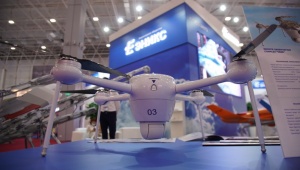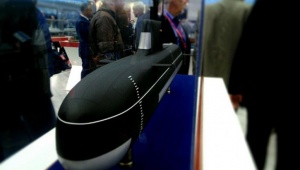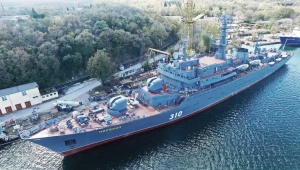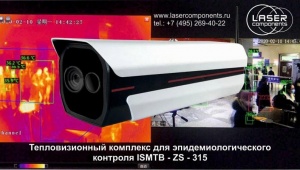"The machine vision facility that enables such search is a knowhow of our company. Except for optics detecting people, the system uses underwater sonars and other special equipment", Antsev shared. "Aurora can be delivered to the search area by, say, different kinds of aircraft: helicopters, airplanes, and even drones, as the rescue robot weighs only 30 kg. The system can also be placed onboard the ships using the special saddles. Ground-based stationing is possible as well".Another mode is tracking of personal recue beacons. For example, if a person having such a beacon falls in the water, the rescue system will react and go to the aid. This solution is relevant, in particular, for offshore oil platforms.
After Aurora finds a distressed person at sea, the robot unfolds the liferaft and switches on detection tools. Standalone downtime is about half an hour, operation radius is about 1 km, and max speed is 20 knots. The rescue system is capable to operate at force 6 sea disturbance.
Effectiveness of the unmanned system largely depends on the machine vision capability that is responsible for the special motion.
"What is important is which bands are used, how they are combined, and how this data is processed then", said Ivan Antsev. "We’re leaders in radar image processing and designing of small-size multiband radar assets. This equipment is exactly what forms 3D image of surrounding. By uploading additional data, we can ensure safe movement of unmanned systems in any weather conditions".The Fifth International Military & Technical Forum Army-2019 takes place in June 25-30 at Patriot Congress & Expo Center, at Alabino Range and Kubinka Airbase. The forum is open for experts in June 26-27, and for mass visitors in June 28-30.
Mil.Press publishes the news about the exhibition’s display in the section Army Forum.
























